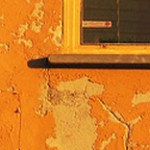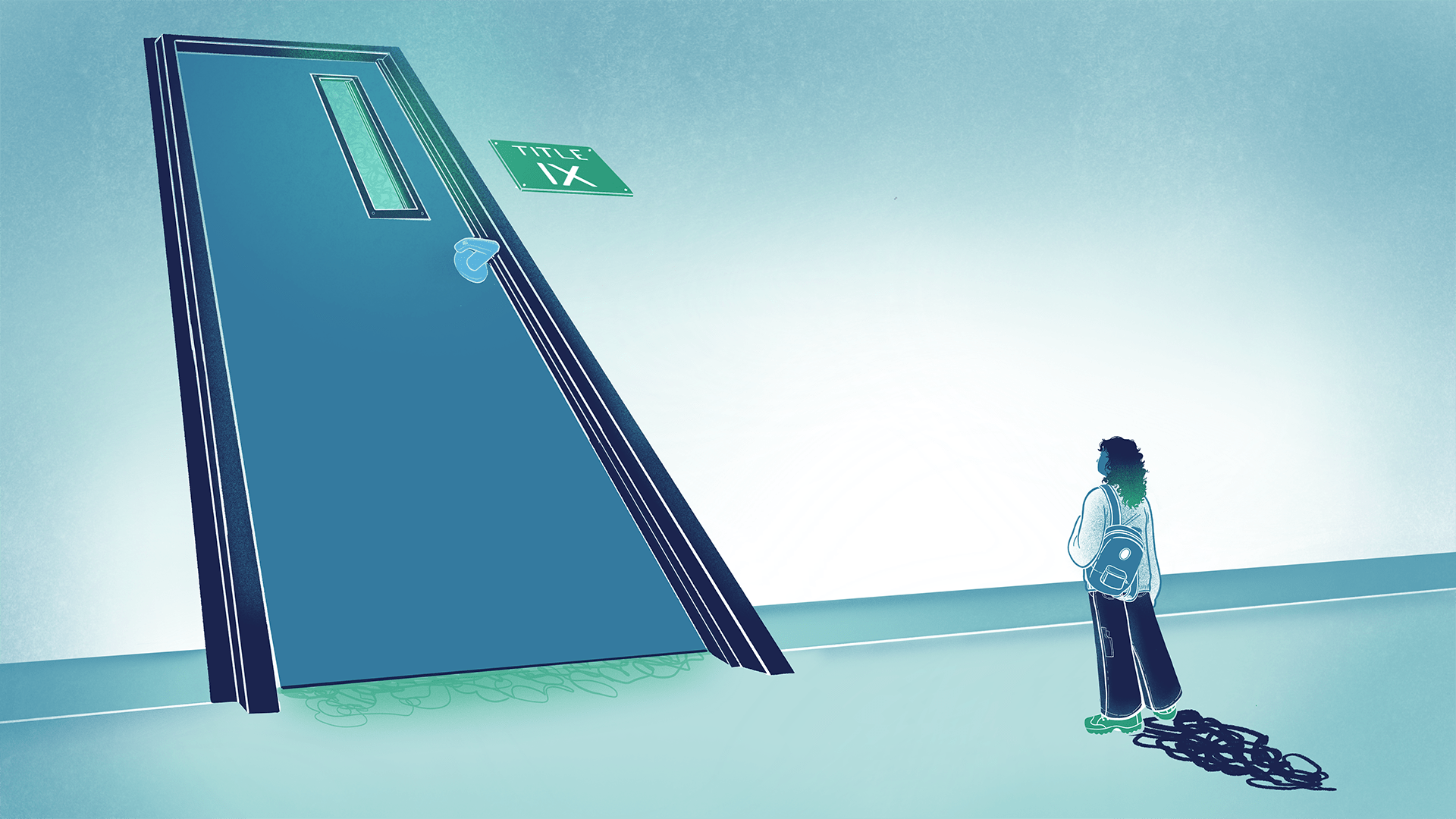
On August 9, 2008 a small group on the University of Chicago campus gathered in front of Henry Moore’s sculpture Nuclear Power to commemorate the 63rd anniversary of the bombings of Hiroshima and Nagasaki. The members of the crowd, including a diverse mix of peace activists, religious leaders, and ordinary people of all ages and ethnicities each silently placed a flower at the base of the sculpture.
Unveiled on December 2, 1967 Nuclear Energy was commissioned to honor university scientists for achieving the first self-sustaining nuclear chain reaction a quarter century earlier, an event directly leading to the development of the weapons dropped on Hiroshima and Nagasaki.
The first two speakers gave personal reflections of their experiences with the military and war. “My wife Ellen and I had the privilege of leading a delegation for the Fellowship of Reconciliation to Hiroshima and Nagasaki in 2005,” reflected Ed McManus, the organizer of the event. “We met with the survivors of the bombings in both cities, who are now called the hibakusha. They are now in their seventies and eighties.” He recounted visiting memorial museums displaying clocks stopped at the exact moment of the bombing, and more gruesome reminders of the blast, such as glasses fused into the remains of a human skull.
“A Gallup poll taken during the same month we were in Japan asked a thousand Americans if they approved or disapproved of President Truman’s decision to drop the bombs. A majority of five hundred and seventy six said they approved. I thought to myself, how sad, how incredibly sad, that we continue to believe that violence is the way to resolve international conflict. If only those five hundred and seventy six Americans could spend a few days in Hiroshima and Nagasaki interviewing the hibakusha and walking through their museums,” McManus said.
“It’s frankly unfathomable that the US and other countries continue to maintain nuclear arsenals,” McManus said, “I talked to an 87-year-old man by the name of Ananori Kiriyama, and this is what he said, ‘The logic that we could use atomic bombs for justice prevails in the world, but it is fake logic. In fact, it will destroy the whole world.'”
Le Anne Clausen of the Center for Faith and Peacemaking spoke about how growing up during the Gulf War persuaded her to join the ministry. “I started out in life assuming, as soon as I was conscious, that I was going to go into the military.” She remembered how her youngest uncles, joining the military just out of high school, would bring souvenirs home for the younger children. “They convinced us the military was the coolest thing going, and of course we started doing basic training exercises in our front yard for fun. I had no question about going into the military until the first Gulf War.” Her feelings of aloneness among her peers in her opposition to the war, she said, led her to religious organizations focused on promoting peace.
Clausen was ultimately hopeful that some day a foreign policy solution other than war might be possible to resolve international conflicts. “There really aren’t dividing lines between this religion and that religion,” she said. “The dividing line really happens between those people who are totalitarian in their worldview and those who are pluralist. Pluralists have room in the world for other people to get along with each other and cooperate with one another. If we have an outlook of pluralism instead of totalitarianism, I tend to think we would never have dropped bombs, which are the most totalitarian expression of all, at least that I know of, on Hiroshima and Nagasaki. I think with a pluralist outlook we could have come up with better solutions.”
The shadow of Hiroshima and Nagasaki still looms heavily in our national discourse, and this is evident from the turn of these discussions toward the Middle East. Jack Kelly of the US Campaign for a Nuclear Weapons Free World and president of the North Suburban Peace Initiative emphasized the importance of remembering the bombings in order to avoid the desire to resort to nuclear attacks in the future. He urged those in attendance to put pressure on politicians to support nuclear disarmament. As he spoke, a petition was passed around the square, requesting that the next president of the United States take steps to reduce our nuclear arsenal.
Kelly spoke hopefully of US Presidential candidates Barack Obama and John McCain and their stated aims to reduce the proliferation of nuclear weapons, but he warned, “You know and I know that change of that nature is not going to occur just because of rhetoric. It’ll occur when you and I take an active role in encouraging, in whatever way we can, our leaders to act. We believe that when people lead, leaders follow.”
There was a sense felt by all those in attendance that even sixty-three years later, Hiroshima and Nagasaki remain relevant. As a nation, we still have many lessons to learn about seeking solutions to global problems other than violence, or the threat of it. With more and more countries seeking to arm themselves with nuclear weapons, it seems that this chapter in our history will not be closed for a long time yet.





















